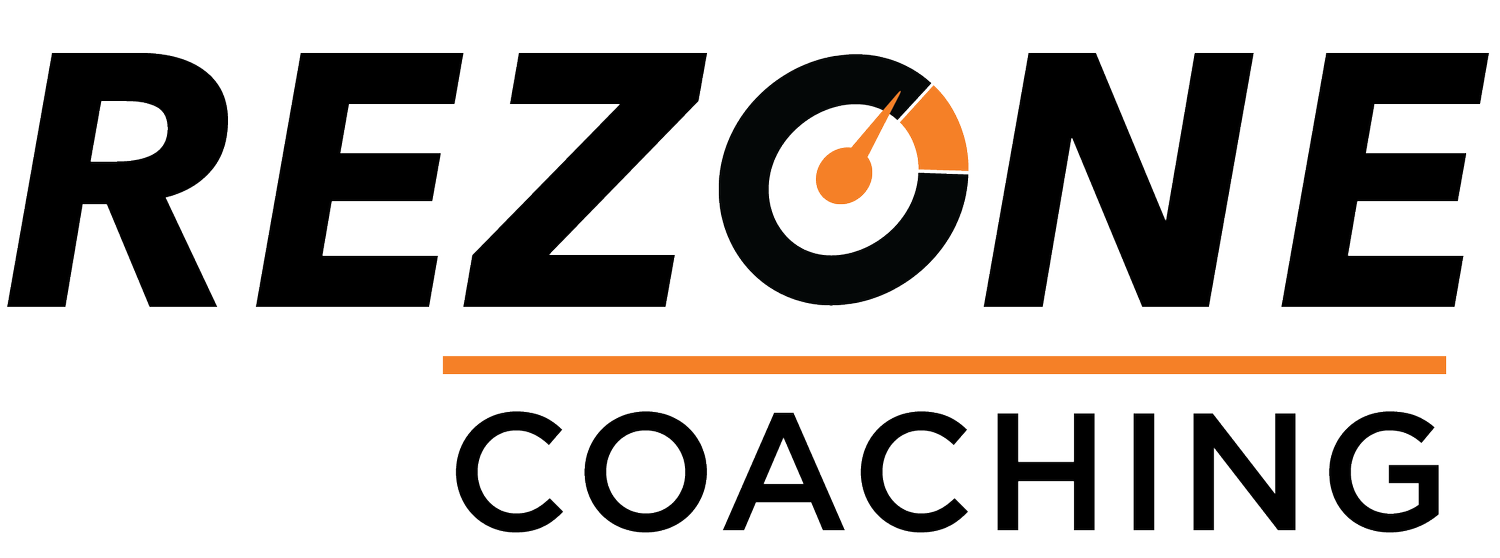The Blind Spots Every Executive Eventually Hits
For as long as I’ve coached executives, I’ve noticed a pattern.
Leaders who once saw things clearly begin to lose sight of key realities as their world becomes more demanding.
The pace quickens.
Expectations rise.
The noise grows.
And what used to be obvious becomes much harder to spot.
It often reminds me of driving in difficult conditions.
The road may be the same and the destination unchanged, but the environment shifts. Heavy rain. Wipers are smearing instead of clearing. Headlights bouncing off wet pavement. Distractions inside the car. The driver keeps moving forward, but the visibility is nowhere near what it seems.
They are still capable. Still committed. But the conditions have changed.
Executive leadership works the same way.
As leaders rise, the environment becomes more complex. The pace increases. More people depend on them. Decisions carry more weight. With each step upward, it becomes harder to see themselves and their impact clearly. Even the strongest executives develop blind spots. Not because they are careless, but because the work moves fast and the conditions shift quickly.
Over time, these blind spots can affect relationships, communication, and performance in ways that are not immediately obvious. What feels like confidence may land as dismissal. What feels like urgency may be experienced as pressure. What feels helpful may be seen as over-involvement.
That’s why awareness matters so much at the executive level. When leaders pause long enough to understand how others are experiencing their behavior, things begin to shift. The picture sharpens. Patterns become clear. Small adjustments create meaningful change. Confidence rises because decisions are based on insight rather than assumption.
Identify your blind spots.
One way I help leaders gain this clarity is through a strategic 360-degree feedback process explicitly designed for executive leaders. It provides a structured view of how their leadership is showing up for the people who work most closely with them. The themes are clear and specific. Most leaders are surprised by what they learn. When done well, the feedback becomes more than data. It offers an expanded view of how their actions and behaviors are shaping outcomes. Once they see it clearly, they can begin to act on it.
The most significant breakthroughs often come when a leader finally notices what was previously overlooked.
Perfect conditions aren’t required to lead well.
But a clear view of what is happening around them is essential, especially as expectations continue to rise.
If you’d like to talk about gaining more clarity through a 360 or a coaching conversation, you can reach me here. https://letsrezone.com/contact
Brian Houp is an executive leadership coach specializing in helping 1st-time executives thrive at the senior level. Read Brian Houp’s full executive profile here.

